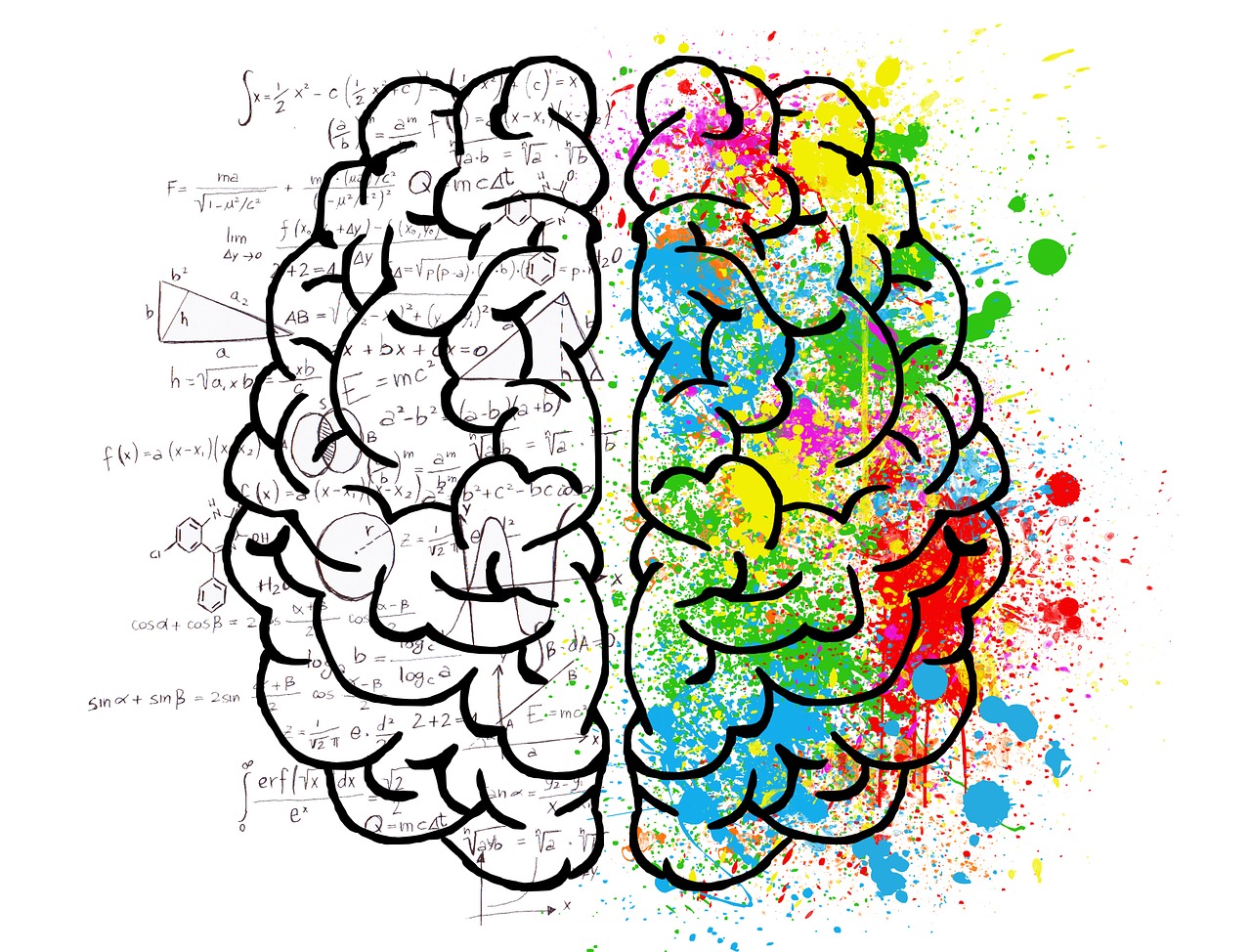David Ogilvy used to say that people “don’t think what they feel, don’t say what they think, don’t do what they say”. With neuromarketing, brands try to understand consumers’ behaviours starting from their emotions
In 2011, the American neuroeconomist Gregory Berns was able to predict the success of previously unknown pop songs by testing 25 teenagers and their reactions. While listening to the music, they were monitored via fMRI scans to measure cerebral responses. Berns found that songs generating greater activity in the brains’ reward pathways were likely to become top of the pops, although the same people rated them poorly when asked to fill in a questionnaire.
That’s one of the most popular experiments of neuromarketing, the research field established about 20 years ago by applying neuroscience to marketing techniques. Absolutely far from Vance Packard’s “hidden persuaders”, neuromarketing is today leveraged to learn more about consumers, their selection and decision processes, as well as to measure the effectiveness of marketing and communication campaigns.
Acknowledging up to 85% of human choices depends on irrational triggers, neuromarketing tries to penetrate what happens at neurocognitive level when you get a specific stimulus, for instance when stepping into a store, looking at or seizing a product, visiting a website, or watching a TV commercial. As Vincenzo Russo from Behavior and Brain Lab at IULM University explains, reliable information can be achieved by using scientific methologies and tools, including brain activity scanning through fMRI or electroencephalography, eye tracking and facial movements reading, bio feedbacks measurement, up to muscle tensing monitoring.
According to AINEM, about 13% of Italian companies completed at least one neuromarketing research in 2017, and 15% will have one in the next twelve months (source: Osservatorio sul Neuromarketing in Italia 2018). Research is mostly aimed at testing advertising campaigns before launch, and in most cases resulting data are integrated with traditional marketing surveys.
Disney used neuromarketing to evaluate digital advertising effectiveness back in 2009. L’Oreal has recently researched customers’ shopping experience in selected shops, and decided to change store layout and product display accordingly. Toys brand Imaginarium measured children reaction to different soundtracks before creating multisensorial corners inside shops.
But neuroscience is not for marketing only. In Milan, ATM used hyperscanning technique to analyse some internal dynamics, specifically interactions between managers and subordinates. Some employees volunteered for an experiment and accepted to have their brain activity scanned during 1:1 performance evaluation meetings. It was thus possible to highlight moments, words and gestures which made communication effective and created emotional connection, at the same time recognize occurrences generating frustration or distance.
In crisis situations, when management is called to share an unpleasant news with employees – ie. a reorganization or a plant closure – understanding mechanisms raising fear, shock or violence can contribute to mitigate the impact of communication and its emotional burden.
Neuromarketing is not about manipulating receivers’ will, but investigating how to create brain-friendly products and communications.




